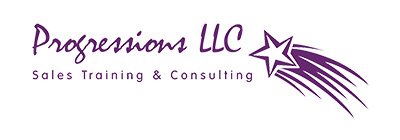Overcoming Objections
Six Steps to Overcoming Objections
Objections are good, because they show that the customer is involved. “An objection is not a big stop sign. Think of it as a yellow flashing light – proceed with caution but proceed,” explains Lynn Giuliani, president of Progressions, Inc. (Bellingham, WA). “When people raise objections, you have an opportunity to overcome them. You can also deepen the relationship by solving their personal problems or challenges.”
Most people don’t just say no when they object. They make comments like I don’t think so or Thanks for the information but I’ll have to think about it. Some objections are very subtle. Giuliani offers these examples:
Price inquiries. Ask Is price the only consideration in making your decision today? Then pause and get the customer’s response. Typically the customer will say Oh, no! Customer service, location, and a variety of other factors become part of it.
Just shopping around. The customer says I’m just shopping around right now or I’m going to look around a little bit more. Say to the person You’re welcome to compare our services with those of other financial institutions. Then ask What’s important to you in a financial relationship? You can then probe and find out more about this person’s needs and wants.
Be Responsive
Often you can overcome objections. Giuliani offers this six-step plan:
Stop and listen.
Acknowledge and if appropriate show empathy.
Ask a clarifying question. Restate what you think the customer has said and ask for confirmation. Example: I just want to make sure that I understand your concern. Online bill payment is $5 a month and you’re concerned about whether you can justify paying this fee
Gain commitment. Ask Is this your only concern? Some customers play the “objection game”. Soon as you overcome one objection they toss out another. Try to narrow down to one objection, so you know precisely what you’re dealing with.
Use this phrase – If I could…would you…Example: If I could give you examples of what postage and checks cost for a typical household’s monthly bills and show you that we can save you money, would you consider our product?
Present your recommendation. For example, show them the numbers that will help justify your fee.
Know When To Let Go
Some objections are valid. “Know when to back off,” emphasizes Giuliani. “Watch the customer’s body language. If you see the person is upset, then your recommendation isn’t what they’re looking for.” Thank the person for his or her time. Ask if he or she has any other questions.
Find out if it’s okay to follow up at a later date. End your conversation with I’d like to stay in touch with you. May I call you in the future? This person may be an ideal prospect for another product or service you can offer. Furthermore, needs and wants can change.
